| Structure | Name/CAS No. | Articles |
|---|---|---|
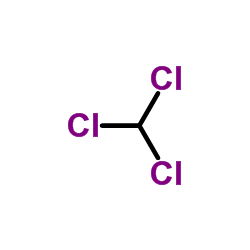 |
Chloroform
CAS:67-66-3 |
|
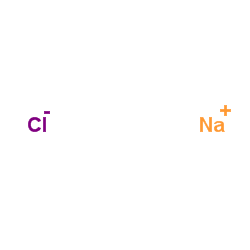 |
sodium chloride
CAS:7647-14-5 |
|
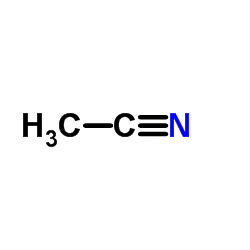 |
Acetonitrile
CAS:75-05-8 |
|
 |
Methanol
CAS:67-56-1 |
|
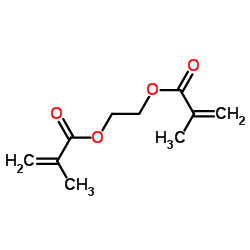 |
Ethylene methacrylate
CAS:97-90-5 |
|
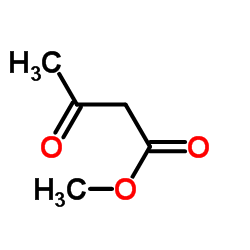 |
Methyl acetoacetate
CAS:105-45-3 |
|
 |
SODIUM CHLORIDE-35 CL
CAS:20510-55-8 |
|
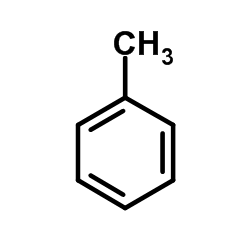 |
Toluene
CAS:108-88-3 |
|
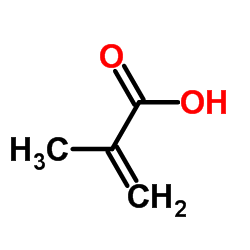 |
Methacrylic acid
CAS:79-41-4 |
|
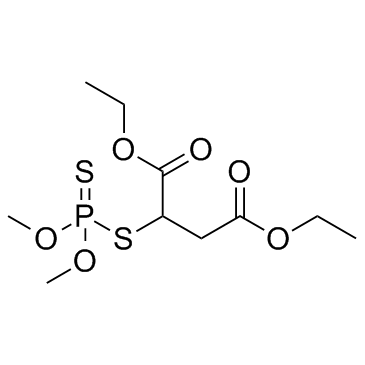 |
Malathion
CAS:121-75-5 |